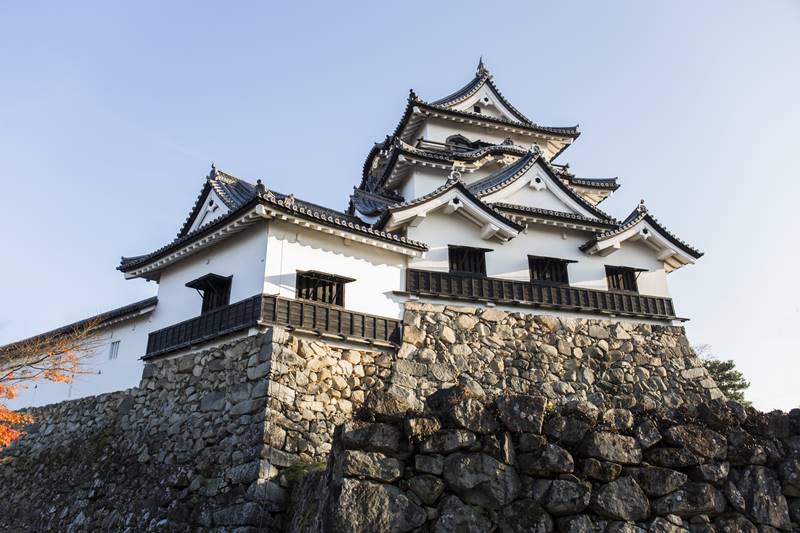This is all about Hikone Castle Ruins you want to know.
Every information you get on this site will be from a credible source based on Japanese history (books for reference).
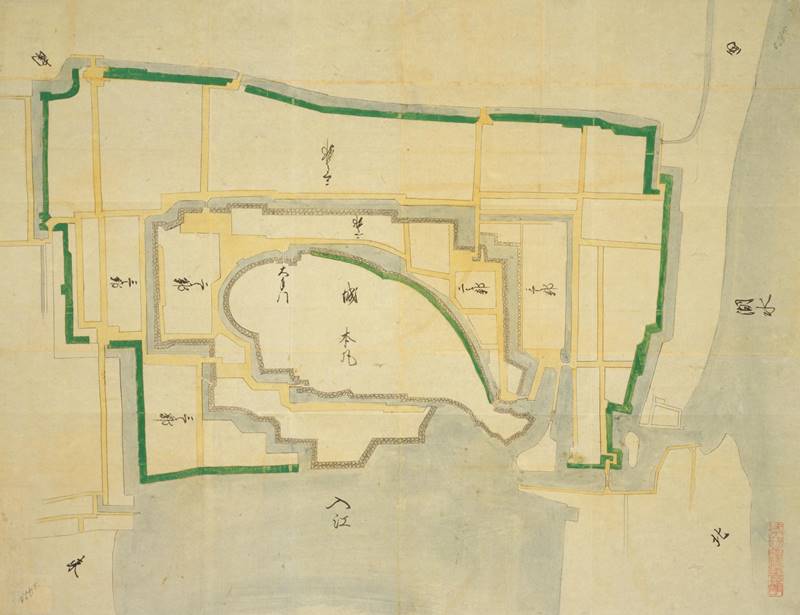
Collected by the Inagaki family, the Toba Daimyō from the mid-Edo period to the Meiji Restoration, as materials for military studies. There are about 350 illustrations, but there is no uniformity because only illustrations of castles, illustrations including castle towns, and old battlefield illustrations are mixed.
Another typical example of a castle picture in the Edo period is "The Shōhō Shiroezu", picture of the castle and castle town that the Edo Shogunate ordered the daimyō to create and submit,aggregating military information such as the buildings inside the castle, the height of the stone wall, the width of the moat and the water depth, etc., it also details the location and shape of the castle town and the mountain river.
Profile : Hikone Castle Ruins
| Location | Hikone City, Shiga Prefecture |
| Also known as | Konki Castle |
| Type of castle | Hilltop |
| Mountain's name | Mt.Hikone |
| Elevation | 136m |
| Condition | Original Main Keep |
| Designation | National Treasure National Important Cultural properties National Special Historic Sites |
| Year built | 1622 |
| Abolished | 1874 |
| Castle lord | Ii Naotsugu |
| Refurbishment lord | ー |


adapted from "Classical Japanese National Data Set" (Kokubunken Collection)
The family crest was originally created from the pattern that the emperor and the royal family put on the kimono, and the pattern was made into a fixed pattern, and the one attached to his own oxcart is said to be the beginning of the family crest. The warlords drew large crests on the flag-fingers, used to distinguish enemy views on the battlefield, and used by the generals to determine which warlords were active and how much.
Hikone Castle admission
admission fee : 800yen(Common) 200yen(junior high and elementary school students)
admission time : am8:30-pm5
closing period : open everyday reference official site
Hikone Castle Google Map
Hikone Castle Images
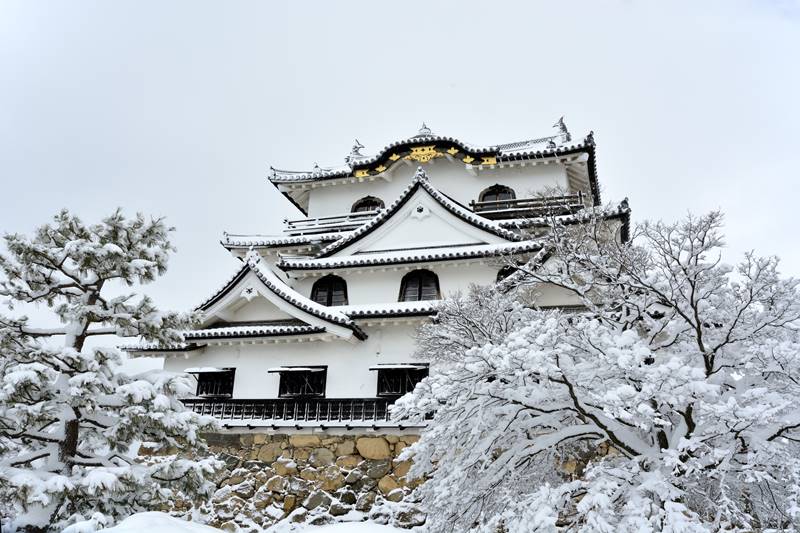
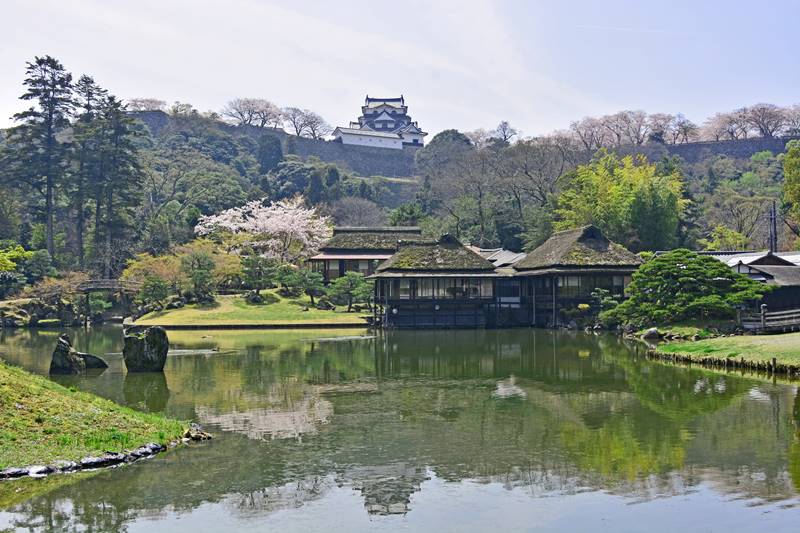
It is a migratory garden with a castle tower in the background, imitation of Emperor Genso's Imperial Villa in Dōtei Lake, China. It is said that it was built in the early Edo period, now designated as a national scenic spot.
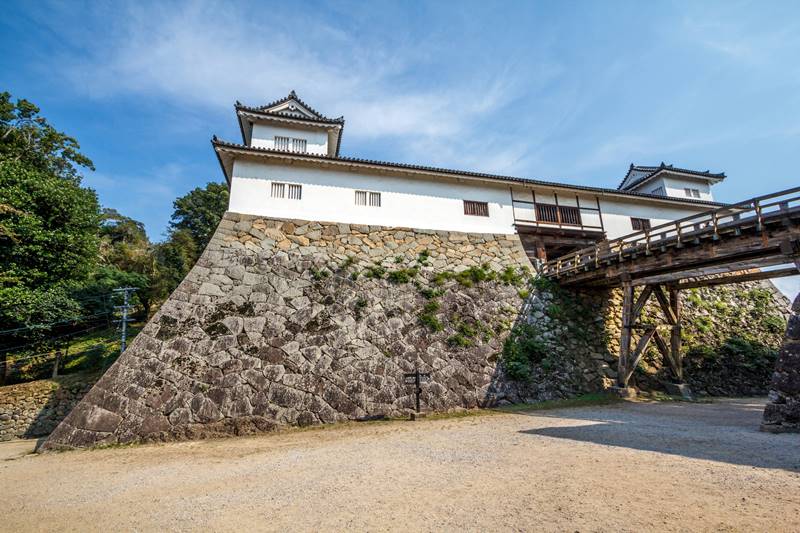
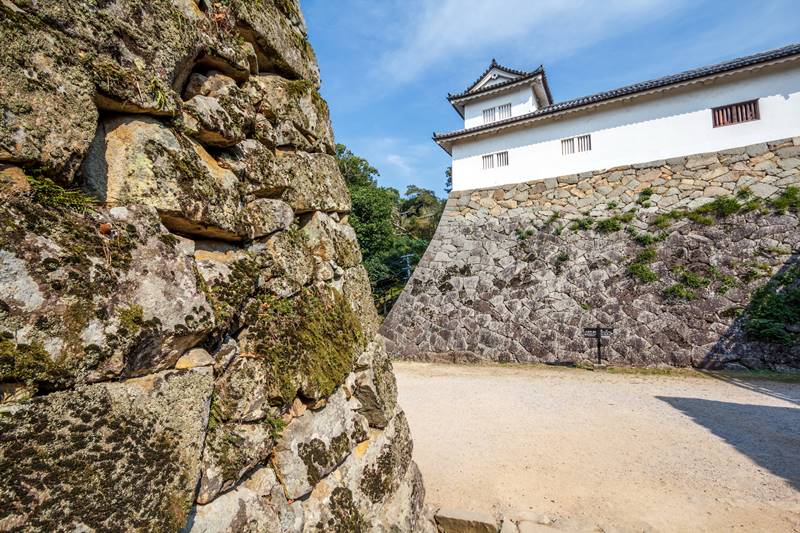
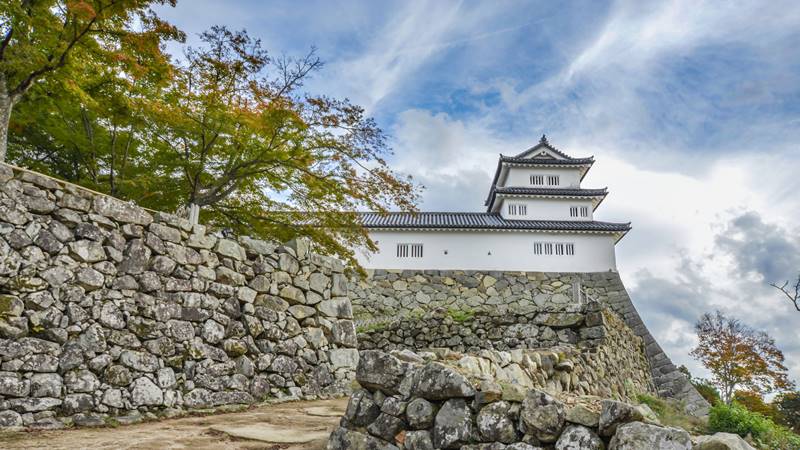
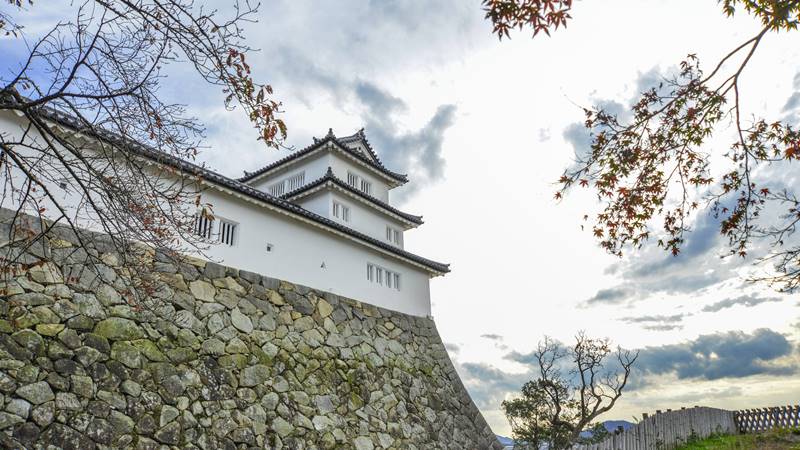
The entire wall is finished with white stucco.
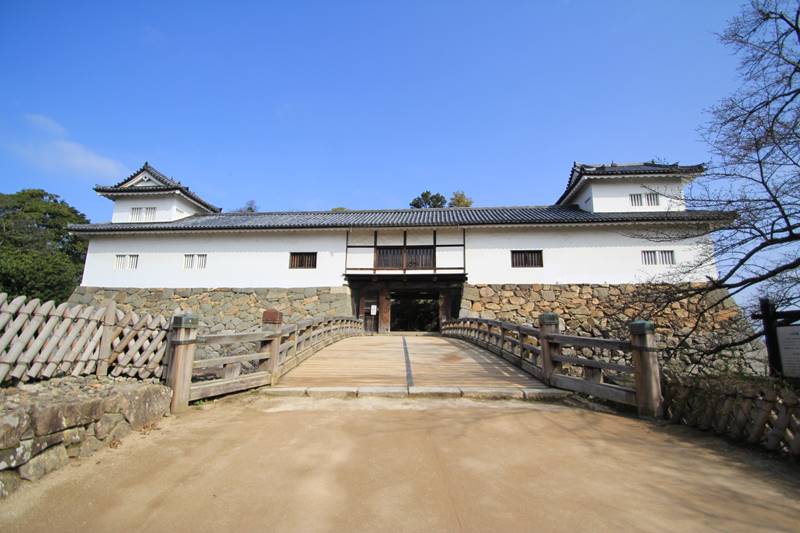
It is said that the main gate of Nagahama Castle was relocated. In spite of called "Tenbin"(Balance) , the direction of the wing of the left and right corner towers looking closely is different. Under the bridge in front is a huge trench, but it is also a passage.
In the Takaishigaki (tall stone wall) under the Tenbin Yagura, the way of stacking on the left and right is different. The right one is piled up by a construction method called "Gobōzumi" and retains the original appearance of the castle. On the left is a construction method called "Otoshizumi" of cut stones, which was loaded at the end of the Tokugawa period in 1854.
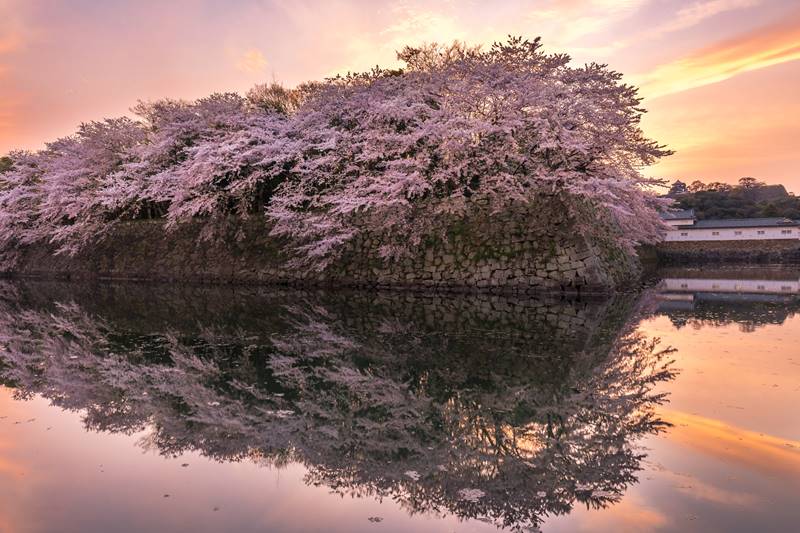
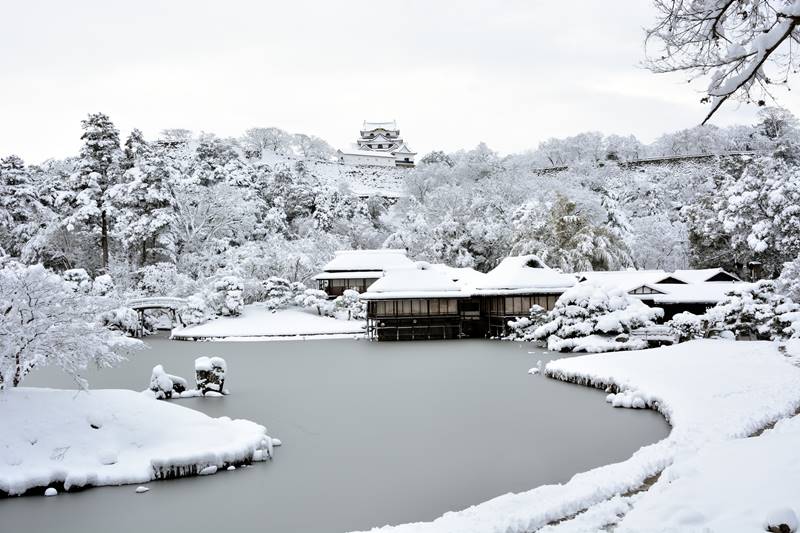
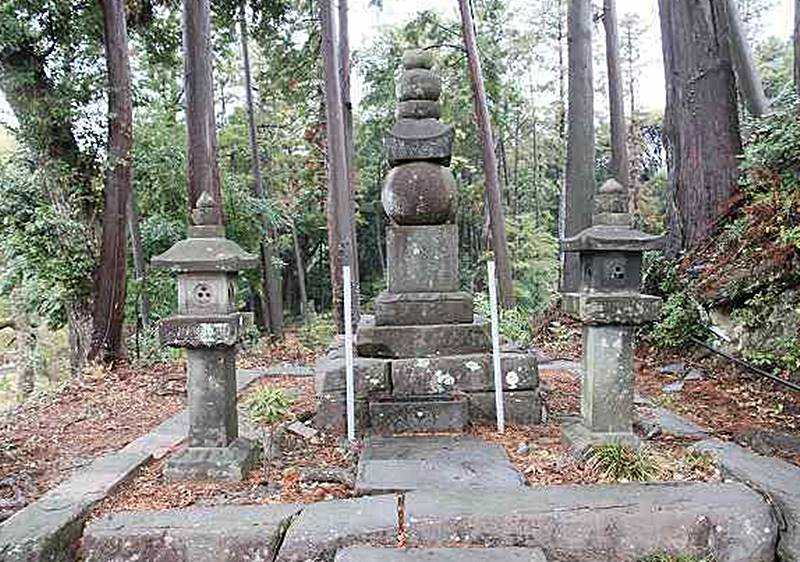
Born as the eldest son of Ii Naomasa, one of Tokugawa's famous minister. Naotsugu was ordered to build Hikone Castle as a defensive base for the West District by Tokugawa Ieyasu, and was completed in 1622.
【the legend of Lady Kiku】
When building a castle, there is an episode showing the character of Naotsugu. In 1603, when the construction had begun, it seemed to be proceeding smoothly, but at the stage of construction of the main keep, somehow it did not proceed, and all of them were delayed and troubled. The ministers offered to set a human pillar, but he never gave permission and saying, "Setting a human pillar does not mean that construction is going on.". Meanwhile, construction delays continued, and finally the daughter of the general constructer, Kiku, came to the forefront. After Kiku were made the pillar, the construction proceeded smoothly and completed succesfully. Then Naotsugu called the general constructor to give thanks for the construction progressing smoothly, appearing in front of him was a living Kiku herself that had to be buried surprisingly . Naotsugu was replacing the box containing the human pillar with an empty box (from Wikipedia).
Link-1 : Japanese five castle of National Treasure
【west japan】Matsue Castle 【west japan】Himeji Castle 【central japan】Matsumoto castle 【central japan】Inuyama Castle 【west japan】Hikone Castle
Link-2 : Original Main Keep
【west japan】Marugame Castle 【west japan】Bicchūmatsuyama Castle 【west japan】Matsue Castle 【west japan】Himeji Castle 【central japan】Inuyama Castle 【central japan】Matsumoto Castle 【central japan】Maruoka Castle 【north japan】Hirosaki Castle 【west japan】Kōchi Castle 【west japan】Uwajima Castle 【west japan】Matsuyama Castle 【west japan】Hikone Castle
Link-3 : legend of human sacrifice
【west japan】Ōzu Castle 【central japan】Maruoka Castle 【west japan】Hikone Castle
